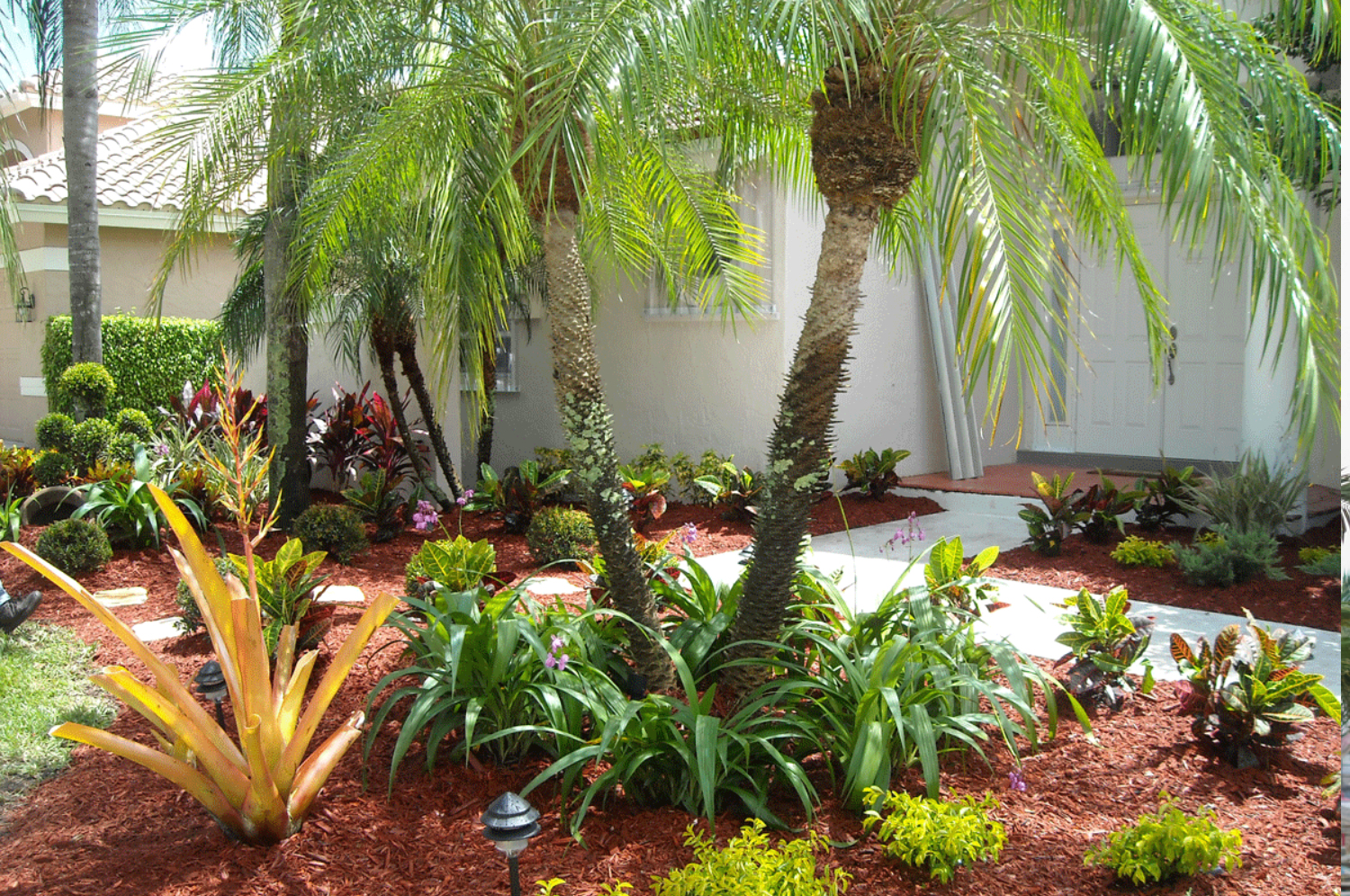Do not over-water your palms. Once established, most palms do not need any additional water unless there is a drought.
Do not over-prune your palms. Some palms are self-cleaning. To determine if you have a self-cleaning palm, look at the area between the trunk and where the fronds attach. If it is smooth in this area (royal, foxtail, alexander) then the palm is self-cleaning. Do not remove fronds from self-cleaning palms. If there is not smooth area (coconut, queen, sabal), the palm is not self-cleaning and needs to be trimmed. It is important that only brown fronds are removed. Palms store nutrition in their fronds and removing too many green fronds can cause stress and nutritional deficiencies.
Never allow anyone to climb a large palm using spikes. A ladder or bucket truck should be utilized to trim larger palms that are not self-cleaning.
Palms cannot live in pots indefinitely. On average, a palm can thrive two or three years in a pot. After that, the palm needs to be put in the ground or re-potted in a larger pot with fresh soil.
When planting a palm in the ground, it is extremely important not to plant the palm too deep in the ground. Plant the palm at the same depth as it is currently growing.
Consider the mature size of the palm before you plant. Keep in mind that a palm may look good when it is installed but may outgrow its surroundings. Also make sure palms that will become tall are not planted underneath power lines. Be sure to ask the approximate height and diameter the palms will be at full maturity.
>Do not apply mulch more than one inch deep. In addition, do not pile mulch against the trunk of palms, especially smaller ones. Mulching too deeply keeps the root ball too moist and can lead to fungus problems.
Consider using lava rock instead of mulch. Lava rock will last indefinitely and does not need to be replaced like mulch.

